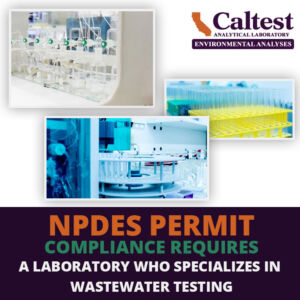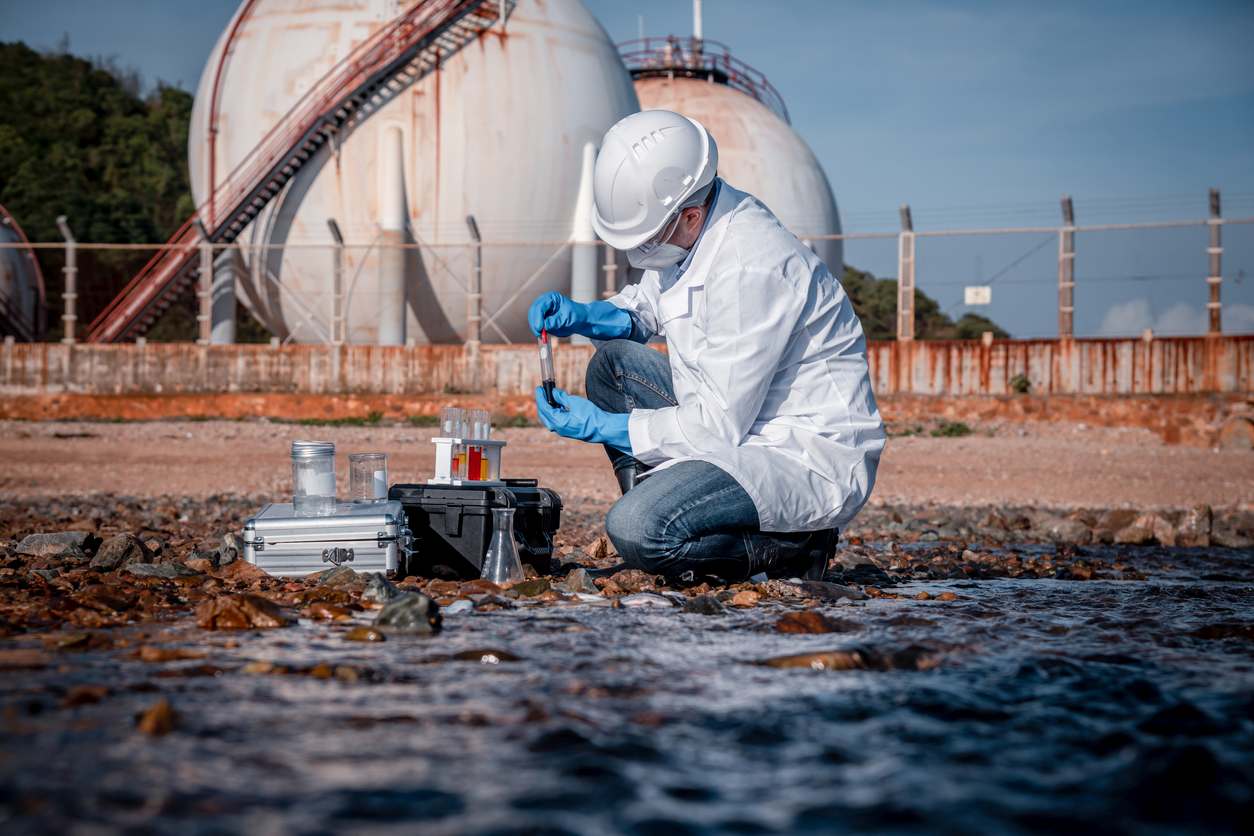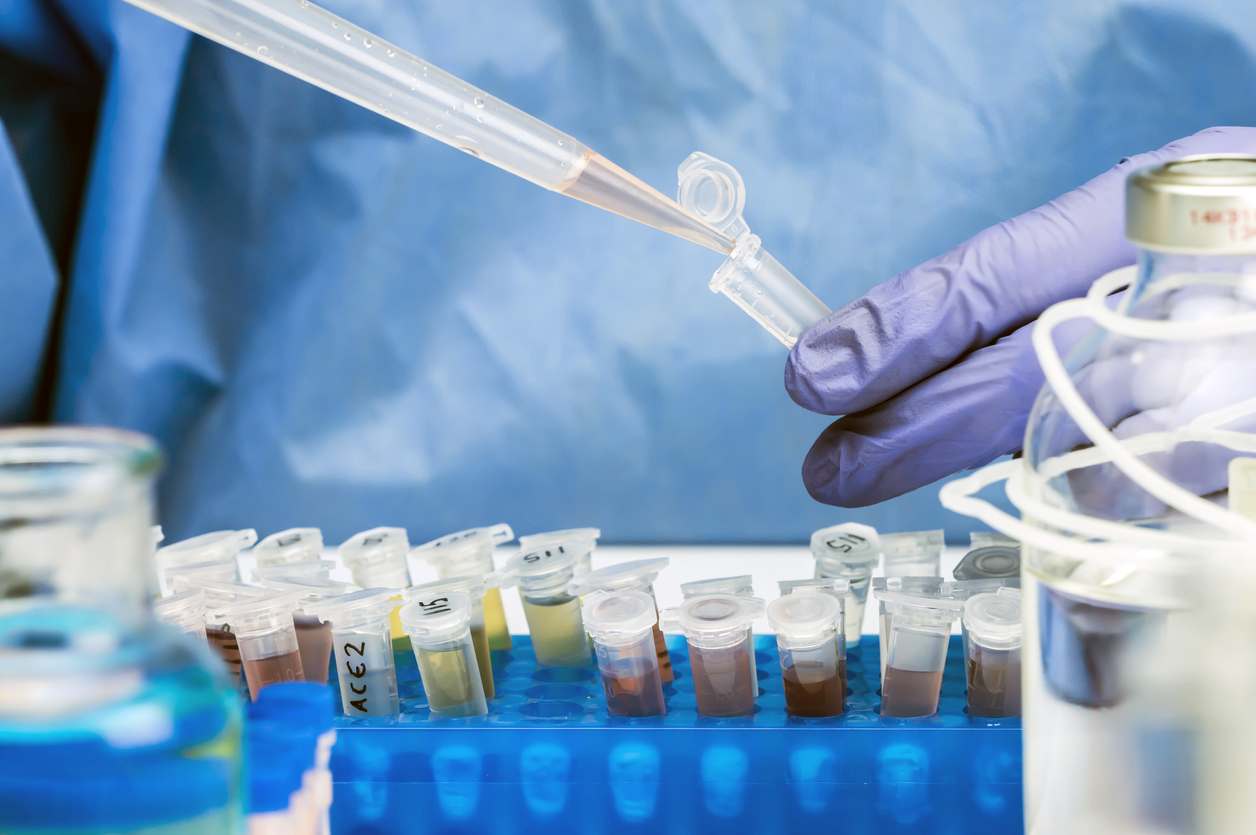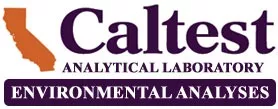 Why are facilities discharging wastes required to have an NPDES permit?
Why are facilities discharging wastes required to have an NPDES permit?
The Clean Water Act requires wastewater dischargers to obtain permits, establish pollution limits, and specify monitoring and reporting requirements.
Suppose you operate a facility that discharges pollutants from a point source to a body of water in the United States. In that case, you need an NPDES permit, which regulates wastewater discharges by:
- Limiting the amount of pollutants to be discharged; and
- Imposing monitoring regulations, requirements, and other conditions.
The National Pollutant Discharge Elimination System (NPDES) is a program established by the Federal Clean Water Act that deals with water pollution by regulating point sources that release wastes into bodies of water in the United States. [1]
The NPDES permit regulates household and industrial wastes collected in sewers and treated at municipal wastewater treatment facilities. In addition, the permit regulates industrial point sources and concentrated animal feeding operations that release into other wastewater collection systems or discharge directly into the receiving bodies of water. The permits regulate over 200,000 point sources all over the country.
The NPDES permits regulate waste discharges with goals of:
- Protecting aquatic life and public health;
- Ensuring that every facility treats wastewater.
In order to achieve these goals, the NPDES permit program focuses on standard and site-specific compliance monitoring and reporting requirements. If and when a facility fails to comply with the provisions of its permit, it may be liable for enforcement actions. The Environmental Protection Agency (EPA) applies various techniques to monitor the permit holder’s compliance status, which includes on-site inspections and a review of data submitted by the permit holder (who, in this case, the operating facility that discharges wastes).
Types of regulated pollutants

The NPDES permit program lists the following types of regulated wastes:
1) Conventional pollutants – According to the program, conventional pollutants are “contained in the sanitary wastes of households, businesses, and industries.” These pollutants include:
- Fecal coliform
- Total suspended solids
- Biochemical oxygen demand
- pH
Oil and grease (fats, oils, waxes, hydrocarbons, and high-molecular fatty acids) [2]
2) Toxic pollutants – These are pollutants or a combination of pollutants that are particularly harmful to animal and plant life. Toxic pollutants are chiefly grouped into:
- Organics – Pesticides, solvents, dioxins, and polychlorinated biphenyls (PCBs)
- Metals – Lead, silver, copper, mercury, zinc, nickel, chromium, and cadmium.
After discharge and upon exposure, inhalation, ingestion, or assimilation into a plant, animal, or any other living organism, either directly or indirectly, can cause:
- Diseases (including cancer)
- Behavioral abnormalities
- Genetic mutations
- Physiological defect or malfunction (including reproductive defect or malfunction)
- Physical deformations in such organisms and their offspring
- Death
These toxic pollutants also include those listed in the Clean Water Act 307(a)(1) or in the CWA Section 405(d) that relates to sludge management and disposal.
3) Non-conventional pollutants – These are any additional substances that are neither conventional nor toxic. Examples of non-conventional pollutants are chemical oxygen demand (COD), nitrogen, total organic carbon (TOC), and phosphorous. [3]
The NPDES permit program’s implementation in California

The NPDES permit program has been delegated in California for implementation through the California State Water Resources Control Board and the nine Regional Water Quality Control Boards (Regional Water Boards) collectively known as Water Boards.
The Water Boards generate, and issue permits to cover several facilities within a specified category. General permits enable the Water Boards to allocate resources more efficiently and provide up-to-date permit coverage for significant numbers of facilities in the same category. Using general permits also ensures the consistency of permit conditions for similar facilities.
Under the EPA 40 CFR section 122.28, applicable to state NPDES permit programs, the general permits may be issued to cover categories of point sources that have common elements, like:
- Stormwater point sources
- Facilities having similar types of operations
- Facilities discharging the same types of waste or engaging in similar types of sludge use or disposal practices
- Facilities requiring the same effluent limitations, operating conditions, and standards for disposing of sewage sludge use
- Facilities requiring the same monitoring where tiered conditions may be considered for minor differences within the class (for example, size or seasonal activity)
- Facilities that, in the opinion of the Director (Regional Manager), are more appropriately regulated under a general permit than under an individual permit [4]
General permits, however, may only be issued to discharges within a geographical area, such as:
- Designated planning area
- Sewer districts or sewer authorities
- City, county, or state political boundaries
- State highway systems
- Standard metropolitan statistical area
- Urbanized areas [5]
The nine Regional Water Boards determine where to carry out the discharge and contact the Regional Water Board NPDES program manager for that region. You can refer to the contact information to contact NPDES program managers in your area.
Caltest Lab specializes in NPDES compliance and priority pollutant testing.

In California, an NPDES permit compliance also requires a laboratory specializing in wastewater testing. Caltest Lab is an environmental analysis laboratory accredited by the National Environmental Laboratory Accreditation Program (NELAP). We provide NPDES testing and analysis of wastewater, surface water, and groundwater by EPA methods for low reporting levels.
For over 35 years, Caltest has worked closely with regulated wastewater dischargers around California, guaranteeing the most reliable data and overall best service to meet their monitoring needs.
If you report the 40 CFR136.3-approved methods that your NPDES permit requires, Caltest continues refining its methods and procedures to meet current regulations. We also continue to invest in new instrumentation and staff training to provide low-level, regulatory-compliant analysis.
We are only one of the few companies with extensive experience meeting the minimum levels of the California Toxics Rule and State Implementation Plan. Caltest is your go-to choice in the current environment of mandatory fines in case there’s a non-conformity with NPDES compliance analyses.
References:
[1] Environmental Protection Agency, undated. Available on: https://www.epa.gov/npdes (accessed April 19, 2023)
[2] Bureau of Ocean Energy Management, undated. “Clean Water Act (CWA).” Available on: https://www.boem.gov/environment/environmental-assessment/clean-water-act-cwa (accessed April 19, 2023)
[3] Environmental Protection Agency, undated. “Chapter 1: Development of the Clean Water Act and the NPDES Program.” Available on: https://www.epa.gov/sites/default/files/2015-09/documents/pwm_chapt_01.pdf (accessed April 19, 2023)
[4] and [5] Cornell Law School, undated. “40 CFR § 122.28 – General permits (applicable to State NPDES programs, see § 123.25).” Available on: https://www.law.cornell.edu/cfr/text/40/122.28 (accessed April 19, 2023)
